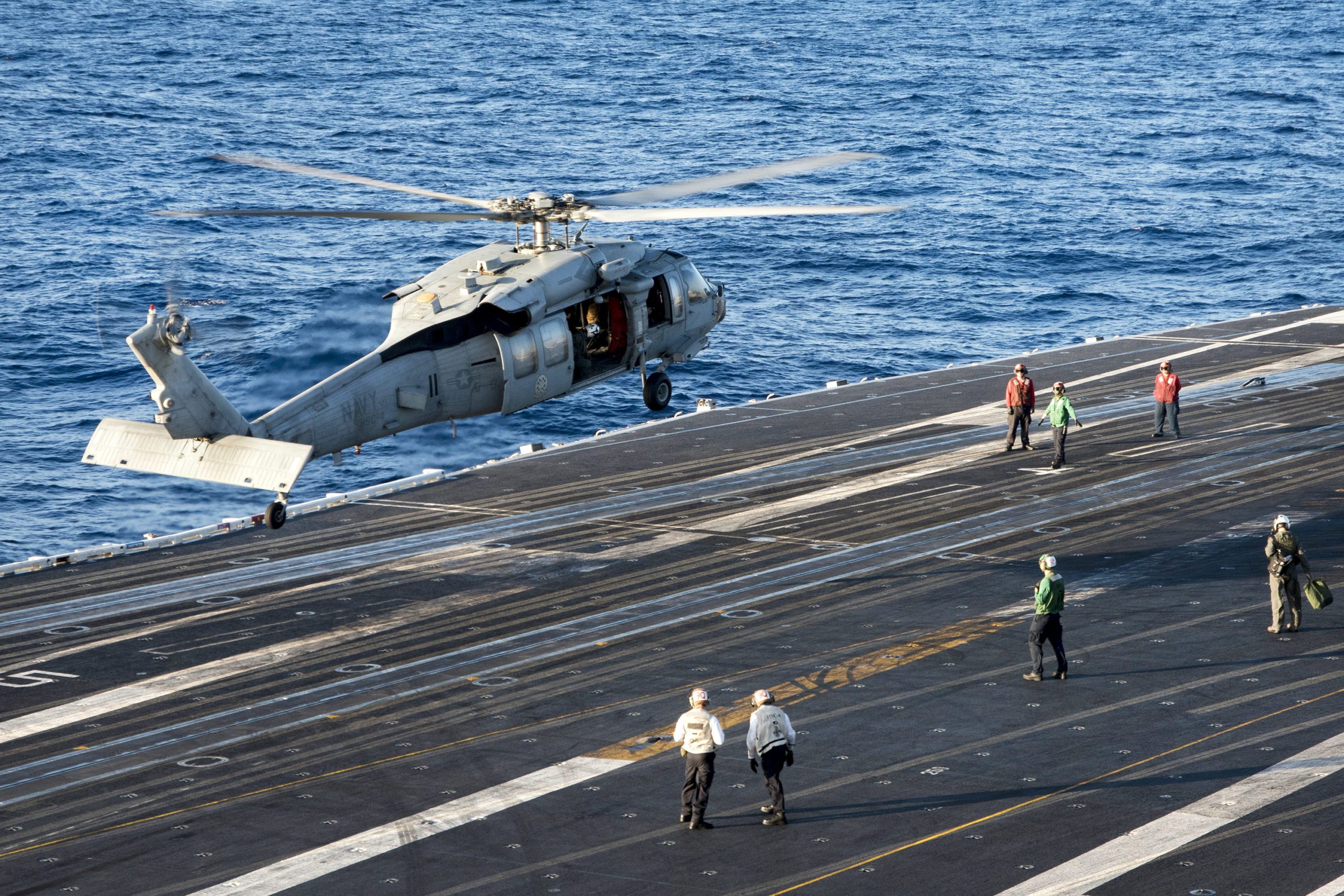New Connector Design Addresses Significant SMP Shortcomings
The SMP connector came on the scene as a smaller alternative to SMA connectors. Now a new generation of LMP connectors are available for high-reliability, high-vibration, and high-power applications.
By Times Microwave Systems

The RF industry has been using sub-miniature push-on connectors (SMPs) for decades. Originally marketed by Gilbert (now part of Corning) in the late 1970s under the trade name GPO, short for Gilbert push-on, these connectors were initially designed as scaled down subminiature version A (SMA) connectors. While the GPO products are specific trademarks belonging to Corning, many other companies have used similar designs to create compatible versions under the generic SMP terminology. It has become an industry-standard connector design.
SMP connectors install by simply pushing against each other to connect and then pulling apart to disconnect. Installers can mate connectors without threading, eliminating the need for small wrenches and other tools. The SMP enables a small amount of radial misalignment during mating, which would be unacceptable with threaded connectors.
While SMPs are still a valuable connector option for many designs, they do have shortcomings.
EMI and EMC failures
As applications demand higher and higher frequencies, shielding and electromagnetic interference (EMI) become critical issues. The SMP design uses wide slots to allow for ease of alignment and mating but result in a path for signal leakage. EMI is an undesirable phenomenon occurring when an external source causes a disturbance in the signal of interest. Similarly, the SMP’s design reduces its ability to function without affecting other equipment in the same environment. Called electromagnetic compatibility or EMC, the connector’s signal leakage issues often result in failed EMC tests. In short, the SMP’s lack of proper electrical bonding and shielding exposes the conductor’s signal to external influence.
Environmental concerns
Another major failure area in the SMP’s design makes them susceptible to ingress from salt water, fuel, and other contaminants in harsh environment applications. The lack of an environmental seal due to their mechanical openings makes SMPs prone to corrosion and failure. It can also cause increased VSWR and loss and subsequently result in poor overall performance. Devices using SMPs may also potentially fail qualification because of this insufficient environmental seal.
High-vibration concerns
A third problem arises with the use of SMPs in high-vibration applications. Their easy connect/ disconnect design makes SMPs susceptible to unwanted de-mating in high-vibration environments. Users often add coupling nuts and third-turn fasteners to address the SMP’s lack of attachment strength in these applications. However, these solutions often create a larger connector — which defeats the purpose of choosing a miniature connector.
A new generation: locking miniature push-on connectors
As technology advanced, many users asked for smaller, O-ring sealed connector solutions with better environmental protection, mechanical retention, and shielding. A new generation of locking miniature push-on (LMP) connectors has been introduced, specifically designed to address the shortcomings of SMPs. One example of this type of connector is the TLMP from Times Microwave Systems.
The TLMP from Times Microwave Systems retains the small form factor of the SMP but adds improved environmental, shielding, and power capabilities, with a frequency range from DC to 60 GHz. A positive locking feature with visible green (locked) and red (unlocked) color coding prevents de-mating under vibration and shock. At the same time, the high-power/high-voltage design overlaps the insulators, cutting off a direct path to the ground from the center conductor to the outer shield to enable higher-power or higher-voltage functionality.
The TLMP connector has an interface of similar size to replace the SMP. This connector’s slots are also entirely covered with the mating part, preventing signal leakage, thus improving EMI and EMC. The TLMP has a latching mechanism that has significantly improved mating retention, making it a better option to SMPs that use threaded bodies or similar designs that have attempted to overcome the problems of traditional SMP connectors. The mating connectors are also designed for board-level mounting, including a version with a fully shrouded tine protection design, the TLMB.
When should an SMP be used, and what applications may require a TLMP?
SMPs are still viable when the RF interconnect solution is used in clean and low vibration areas like a laboratory or inside the box environment. Conversely, an interconnect solution with better retention, such as the TLMP, is required in challenging conditions.
Areas where EMI may be an issue, such as shipboard or aircraft, need an environmentally sealed and shielded connector, so the vehicle doesn’t become a “beacon” leaking energy that a search radar could find. Also, SMPs may disconnect in high-vibration environments such as a carrier landing, weapons launch, or weapons platform, making a locking miniature push-on connector the ideal choice.
Additionally, the increasing number of antennas in aircraft environments creates the need for more electronic boxes with connections. In the past, it may have been common to have 12 antennas, but there could be 50 or more. These antennas are no longer just communicating to each other or a tower; they may also interface with SATCOM systems, instrument flight procedure (IFP) systems, other others using numerous data links, underscoring the need for reliable interconnects.
The RF interconnect industry has been witnessing innovation for years. The SMP connector came on the scene as a smaller option to widely used SMA connectors and offered a viable solution for many years. However, as the industry continues to advance, a new generation of interconnect solutions for high-reliability, high-vibration, and high-power applications is required, and LMP connectors have emerged as a solid option to meet the needs of today’s applications.
Visit Times Microwave to learn more.
Like this article? Check out our other Harsh Environment and High-Reliability articles, our Mil/Aero Market Page articles, and 2021 Article Archives.
Subscribe to our weekly e-newsletters, follow us on LinkedIn, Twitter, and Facebook, and check out our eBook archives for more applicable, expert-informed connectivity content.






